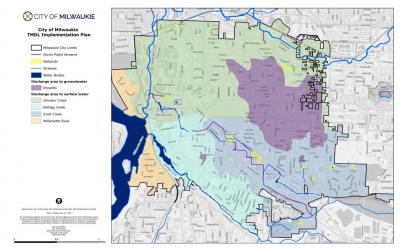- Neighborhoods
-
Community
-
- Overview History Vision Newsroom News Releases Pilot Newsletter Media Contact Projects Volunteer
- Engage Milwaukie Events City Calendar Recreation Biking in Milwaukie Parks and Trails Directory North Clackamas Parks and Recreation Reserve a Room Library
- Schools North Clackamas School District MHS Student of the Month Public Safety Police Clackamas Fire District #1 Code Compliance Emergency Preparedness Emergency Notifications Garbage & Recycling
-
- Business
- Departments
-
Useful Links
-
- Jobs Alerts & Notifications Email Subscriptions Emergency Notifications Meetings City Services A-Z Mapping & GIS
- Contact the City Staff Directory Request a Public Record Report a Code Violation Report a Pothole Report Misconduct Schedule an Inspection Documents & Forms Documents and Reports Forms, Permits, and Applications
- Helpful Links Digital Archives Library Catalog Municipal Code Purchase a Parking Permit Paperless Billing Pay a Ticket or Utility Bill Urban Forest
-
Total Maximum Daily Load (TMDL) Implementation Plan
Total Maximum Daily Load (TMDL) Implementation Plans show how the city is working to reduce pollution in waterways.
The Federal Clean Water Act (CWA) of 1977 gave authorization to the U.S. Environmental Protection Agency (USEPA) to restore and maintain water quality in all water bodies within the U.S. In response to the CWA, the USEPA designated certain state agencies, (the Oregon Department of Environmental Quality [DEQ] for the State of Oregon), to develop water quality standards, perform water quality monitoring to understand current conditions, determine sources of pollution, and develop TMDLs as a tool to improve water quality and restore the beneficial uses of surface waters.
A TMDL specifies the maximum amount of a pollutant load that a water body can receive and still meet water quality standards, and it allocates pollutant loadings among point and non-point sources, background levels, reserves for future growth, and a margin of safety. Point sources are typically defined as those sources that enter surface waters through a pipe or defined conveyance system (i.e., municipal and industrial stormwater and/or wastewater).
As a municipality that has legal authority over activities or areas that are sources of TMDL, primarily stormwater utility infrastructure, Milwaukie must develop a TMDL Implementation Plan describing strategies to be undertaken to address load allocations for non-point sources of TMDL pollutants. This TMDL Implementation Plan is routinely updated and submitted to DEQ for approval.
Those with questions or comments about TMDL compliance and other environmental regulations are encouraged to contact the city at publicworks@milwaukieoregon.gov.


